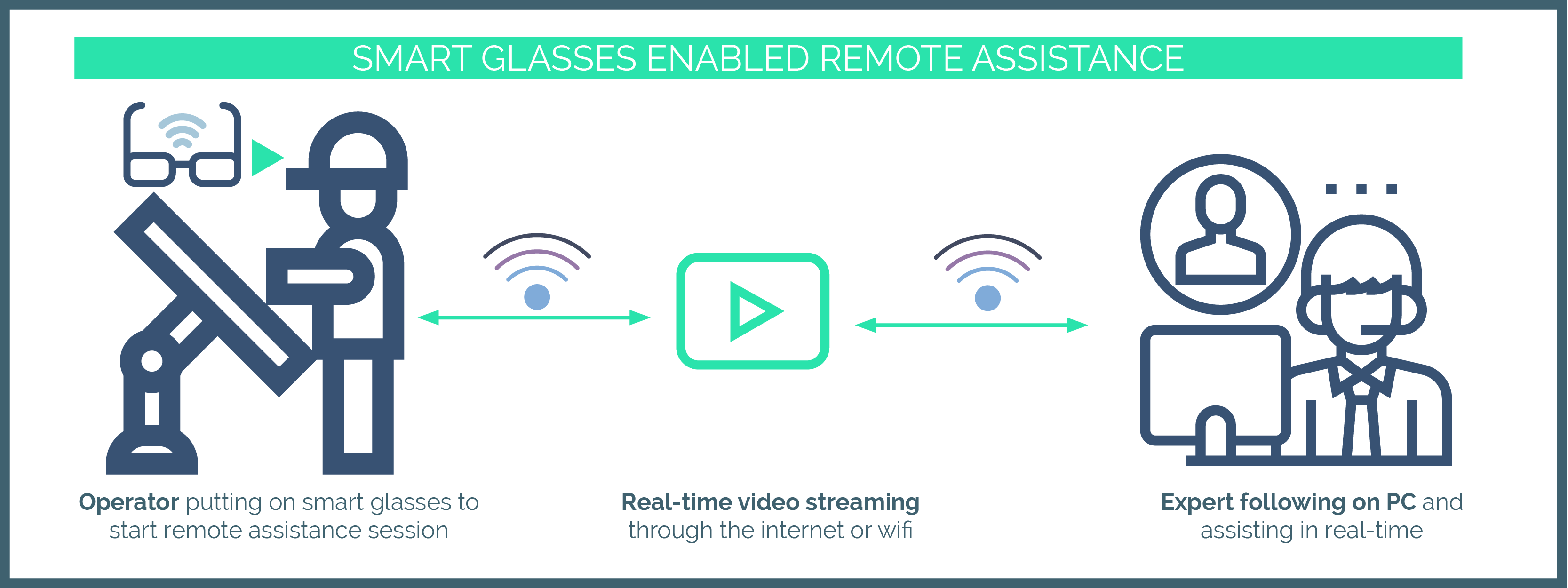

In fact, both computers must be running Windows XP or Windows Server 2003. The underlying technologies are Windows Terminal Services and the RDP.Although these are the same technologies that were originally developed for thin client computing and that are used for Remote Desktop for Administration and Terminal Server, Remote Assistance is not a thin client solution. Remote Assistance allows a user at one computer (the Novice) to request help from a user at another computer (the Expert). As a new component in the Windows server family that directly relates to test objectives, it is likely to be featured in one or more exam questions. Test Day Tipīe sure that you are familiar with Remote Assistance. Although Remote Assistance is based on and uses Terminal Services, it works very differently from the Remote Desktop for Administration or the Terminal Server role. This account will be disabled until Remote Assistance is enabled. On your system, the x's will be replaced with a unique alphanumeric code, and the account name will appear as something similar to this: SUPPORT_388945a0. In addition to installing these two components, Microsoft also creates a special user account for connections involving Remote Assistance, called SUPPORT_xxxxxxxx.


Two major components comprise the default installation: the Terminal Services service and the Remote Desktop Help Session Manager service. And similar to Remote Desktop for Administration, Remote Assistance needs to be enabled and configured before the feature can be used. As with Remote Desktop for Administration, the Remote Assistance components of Windows Server 2003 are installed with the operating system.


 0 kommentar(er)
0 kommentar(er)
